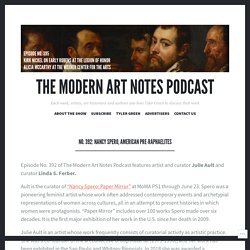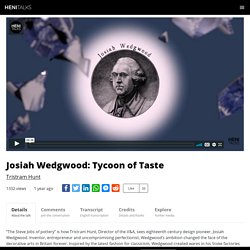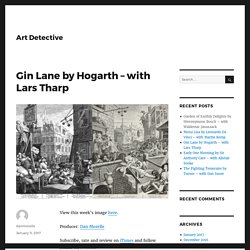

Twitter. Twitter. No. 392: Nancy Spero, American Pre-Raphaelites – The Modern Art Notes Podcast. Episode No. 392 of The Modern Art Notes Podcast features artist and curator Julie Ault and curator Linda S.

Ferber. Ault is the curator of “Nancy Spero: Paper Mirror” at MoMA PS1 through June 23. Spero was a pioneering feminist artist whose work often addressed contemporary events and archetypial representations of women across cultures, all in an attempt to present histories in which women were protagonists. “Paper Mirror” includes over 100 works Spero made over six decades. It is the first major exhibition of her work in the U.S. since her death in 2009. Julie Ault is an artist whose work frequently consists of curatorial activity as artistic practice. On the second segment, historian and curator Linda S. Air date: May 9, 2019. Nancy Spero, Male Bomb I, 1966. © 2019 The Nancy Spero and Leon Golub Foundation for the Arts/Licensed by VAGA at ARS, NY, courtesy Galerie Lelong & Co. Thomas Farrer, Self-Portrait, Sketching, c. 1859. William Trost Richards, In the Woods, 1860. No. 391: Monuments and memorials – The Modern Art Notes Podcast. Episode No. 391 of The Modern Art Notes Podcast looks at art and its relationship to monuments and memorials in the United States and features art historian Sarah Beetham, artist and activist Julia Pulawski and artist Ebony G.

Patterson. Sarah Beetham (Twitter) is an assistant professor of art history at the Pennsylvania Academy of the Fine Arts. She’s working on a book titled “Monumental Crisis: Accident, Vandalism and the Civil War Citizen Soldier,” a look at how monuments have become central to a range of American discourses in the many decades since the Civil War. Julia Pulawski is a student at the University of North Carolina at Chapel Hill and along with artist Annie Simpson is part of an ad hoc group of Chapel Hill activists that erected guerilla monuments to James Cates and an anonymized Negro Wench in Chapel Hill, North Carolina.
The Anti-Racist Activist Fund is helping to defray the legal costs of Silent Sam-related protesters. Ebony G. HENI Talks - William Hogarth and the Foundling Hospital. This portrait by William Hogarth is a starter pistol for really the beginning of the contemporary British art world as we understand it today.

Many of the things we associate with contemporary British art, its popularity, its fashion ability, its philanthropy, started with this painting of Thomas Coram. Thomas Coram was the great philanthropist whose idea the Foundling Hospital had been and it was his 17 year campaign to get this hospital established that was supported by William Hogarth. This painting was the first work of art to be donated to the hospital, which was itself, the UK’s first children’s charity. HENI Talks - Josiah Wedgwood: Tycoon of Taste. Wedgwood was both a very magnetic and engaging individual.

But he was also, in a sort of almost Steve Jobs kind of way, an obsessive perfectionist. And he was known as ‘Auld Wooden-Leg’, because he lost his leg and he would storm through the pot bank on his wooden leg, with his stick, smashing ware that didn’t meet the right quality threshold. He was hard as hell, he wanted to be the Master Potter to the Universe. And he time and again made sure his workers were working to his level of perfection. When we think of the decorative arts of Britain, we immediately turn to Josiah Wedgwood who helped to design Britain, a change maker and a tastemaker. Josiah Wedgwood turned this rude, uncultivated craft, as it was called, into this global industry, marrying art, design and technology.
It was almost inevitable that he would end up in the pottery business. And after a while he feels he’s sort of flooded the market with this and needs a new innovation. But he’s a scientist. With thanks to… BBC Radio 4 - Decoding the Masterworks - Episode guide. Episode #3: The Semi-Charmed Life of Elisabeth Vigée Le Brun — ArtCurious Podcast. Marie Antoinette, Queen of France, had an image problem: she was seen as frivolous, silly, and out-of-touch.

In order to combat her poor press, the royal court commissioned a series of portraits of the queen to make her more relatable and sympathetic. Such images act as excellent propaganda machines, giving Marie Antoinette a much-needed positive spin. But what is even more marvelous is the backstory of the artist who created these portraits-- because the painter who was chosen to portray the highest woman in the land was… another woman. Talk about a revolution. Gin Lane by Hogarth – with Lars Tharp – Art Detective. View this week’s image here.

Producer: Dan Morelle. We're broadcasting live from a gallery... - LACMA Los Angeles County Museum of Art. The Fighting Temeraire by Turner – with Dan Snow – Art Detective. View this week’s image here.

Producer: Dan Morelle.